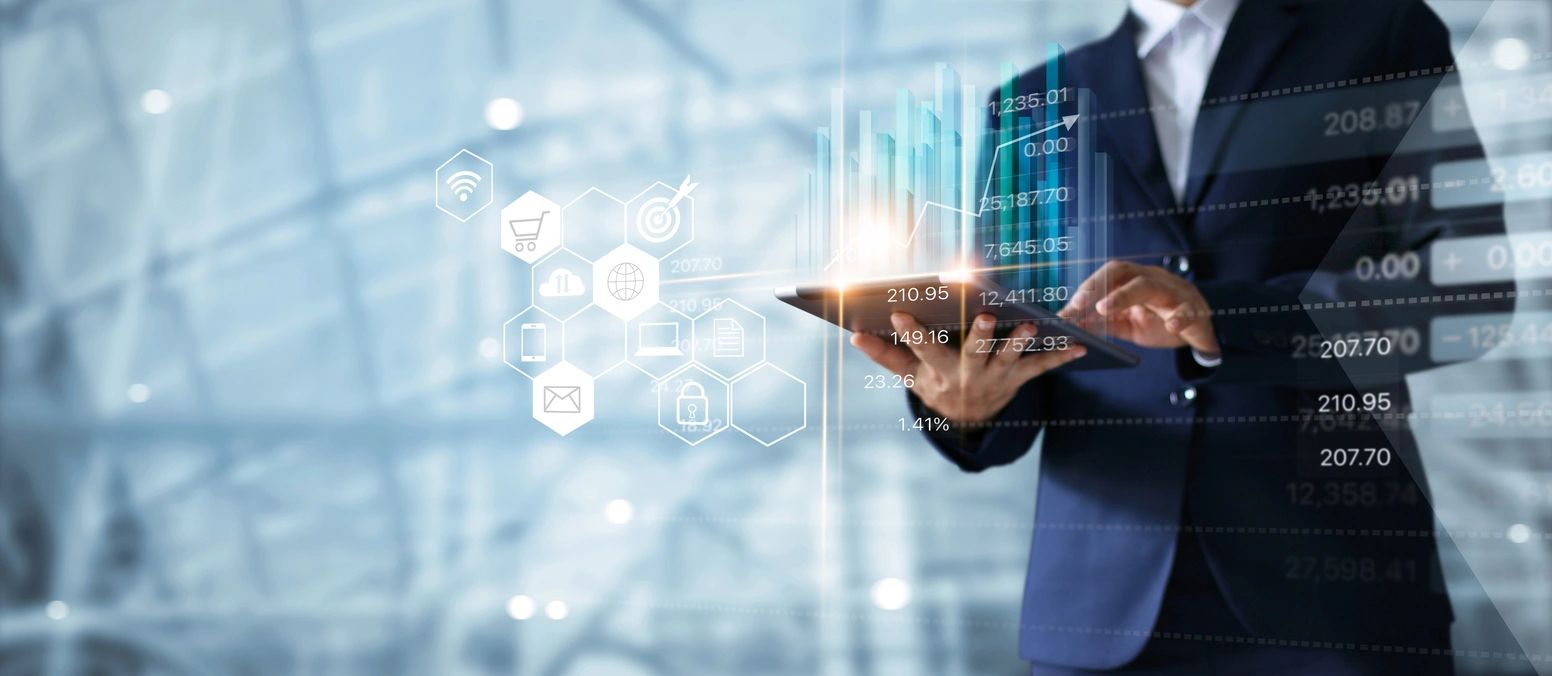
How AI, Visualization and Data Analytics Are Helping Us Tackle Covid-19
Every morning when I wake, after I go through my normal early morning routine, I get on my laptop and go directly to the John Hopkins dashboard for tracking Covid-19 confirmed cases. I skip the news, social media and go straight to looking at the numbers. 40 years ago, or better yet 102 years ago (During the Spanish Flu pandemic) this would not have been remotely possible. This is a quick high-level snapshot of what technology has already enabled us to see with respect to Covid-19.
While the idea of a dashboard showing cases all over the world seems pretty simple and straight forward, the underlying technologies that make this possible have come about as a result of decades of software engineering, artificial intelligence and data processing. I’m not a medical professional or a public health expert, however I do understand data science, so l’ll delve into the tools and technologies helping our experts and officials tackle this global Covid-19 pandemic.
Data Gathering and Normalization
Data collection has been around since the inception of the concept of writing. With today’s technology however, the speed of collecting, gathering, and normalizing data has grown astronomically. We’re able to log the count of covid-19 cases anywhere in the world within 6 hours of confirmation, and immediately store that in a database that can be access from anywhere. Additional related data about a particular confirmed case (e.g. age, gender, race, underlying illness etc) can also be collected and normalized accordingly. Data is the bedrock of everything else we’d want to do, and the ability to collect, gather and normalize data from all over the world in a few hours is critical to how public officials manage the crisis.
Predictive Analysis & Trends
With accurate data gathered, we can begin to utilize various algorithms to perform predictive analysis. Simulating models to determine spread rate, effects of social distancing, mortality rate within various demographics, are all possible with predictive analytics. This provides significant information to help public officials make better decisions for the health of the greater population. For example, using predictive analytics, one can simulate the effects of social distancing (or not) on the spread rate in a particular city, and use multiple variables (e.g. population density, weather, median age etc) to determine where this method will be more effective than not, and try to predict where the next hot spot could potentially be.
Visualizations
I might not need to explain this too much as it’s become ubiquitous in today’s world. Thanks to the amount of data we have available, and powerful visualization tools like Tableau, Power BI, Google Charts etc, it’s easy to visually ‘see’ your data. Geographical charts enable us to see, on a world heat map, what regions have been hit harder with the virus vs those that haven’t. Multiple charts also give us the ability to view and analyze increase/decrease rate in multiple locations around the world, drill down to view mortality rate for various demographics, and other important information like testing rate, hospitalization rates etc.
Artificial Intelligence (AI)
AI has generally been a concept that has scared a lot of people in the past few years. However, in the race to develop a vaccine or find a cure for Covid-19, AI might just be the accelerator we need. In speaking to some in the medical industry the type of vaccine that will probably be developed to tackle Covid-19 is the nucleic acid vaccine which injects genetic material of the pathogen into human cells to stimulate an immune response. With AI, scientists are able to predict the 3D structure of a protein based on its genetic sequence and significantly reduce the number of rounds of permutations and combinations that would have ordinarily occurred with a normal vaccine development cycle. Hence why we hear 12-18 months vs 8-10 years. More here.
These are some of the ways that technology and big data has enabled us as a society to tackle this pandemic. It’s part of the multiple reasons why we may not actually get to the horrific numbers of the Spanish flu of 1918. We have 100+ years of technological advantage.
